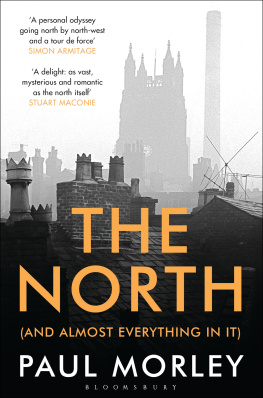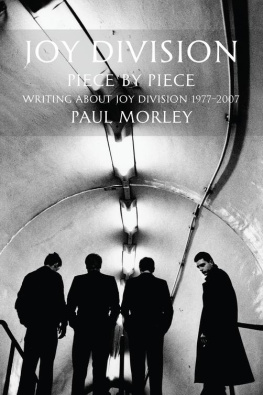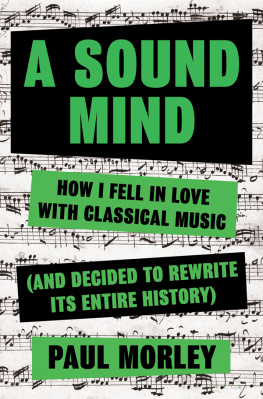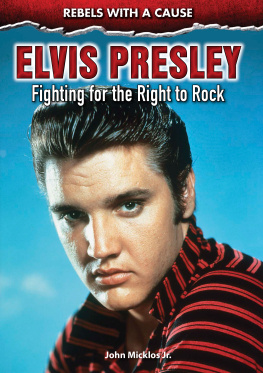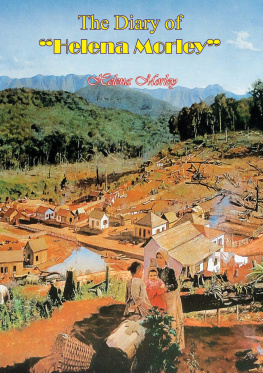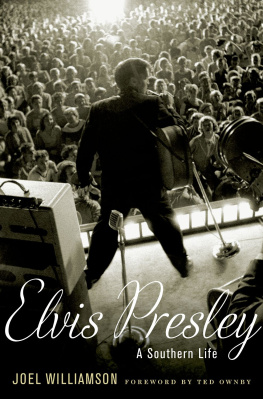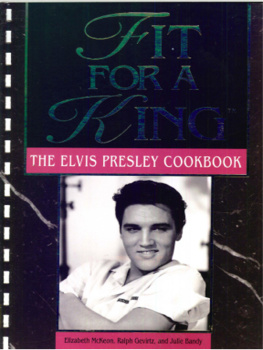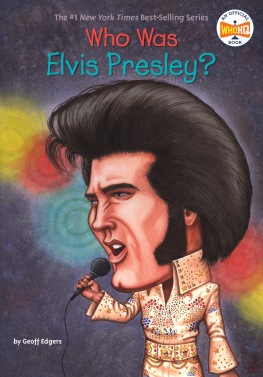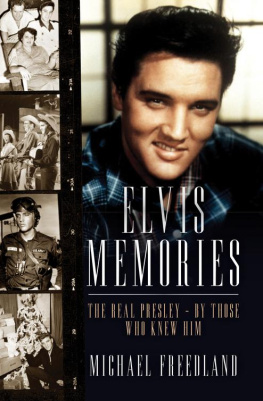Ask: The Chatter of Pop
Nothing
Dedication
e.s.p.t.w.o
We are the music-makers and we are the dreamers of dreams
Willy Wonka, after Arthur OShaughnessy
You better lose yourself in the music, the moment you own it, you better never let it go
Eminem
You are the music while it lasts
T. S. Eliot
Contents
I am sitting in a room.
I cant get you out of my head.
At the moment I think my two favourite pieces of music are I am sitting in a room by Alvin Lucier and Cant Get You Out of My Head by Kylie Minogue.
The first piece was written and performed in 1969 by Alvin Lucier, and it is an experimental piece that uses the human voice and certain simple electronic manipulation, plus the acoustic influence of the room in which the work is recorded, to create a long, formless and yet intensely controlled piece of music. Even though it is performed using purely the sound of the human voice, what happens during the recording and manipulation of the words turns the sound of the voice into a multilayered musical adventure involving a subtle mixture of tones, melodies, harmonies and rhythms.
It is music you wouldnt think of calling it anything other than music but it is not music in the way we usually understand the word. That is, it is musical, it resembles what we recognise as music, it is an abstract series of sound shapes and noise forms that can communicate something specific to us even without the use of words although the essential paradox of this piece is that is starts out using words, basic, quite boring descriptive words, and then these words disappear into themselves, as if boiled down, as if they are changing from solid to liquid, forming a sensuous, absorbing musical form that implies how all music began with the sound of the human voice. The sound of the human voice imitating sounds around us; the sounds of nature, animals, even the sound of silence. The sound of the human voice copying the voice of God.
But it is not made using instruments, there are no notes, you could not find sheet music for this piece. You would find a list of instructions for how to create the sounds, but you wouldnt be able to sit down at a piano and follow those instructions in the way you would read a sheet of music. It is an example of an art of music-making, a theoretical interest in sound for sounds sake, in the music that resides inside sound, and inside silence, ready to be liberated, that has created some of the most important and influential music of the past 100 years an abstract music that blurs the lines between art, music, talking and performance.
It represents the side of me that loves music for the way it constantly surprises, changes what it is, moves with the times, moves through time, creates space within itself, reacts against the past and finds new ways of saying perhaps the same thing. What this same thing actually is, and why the variety of this same thing is constantly stimulating, makes listening to music just as challenging an idea as the making of it and can make listening a musical act, so that the listener can, in ways, be described as a musician, participating in the making of the music.
Without the listener, there is no music. The listener completes the musical circuit, and, even though I am not a musician, I feel as if I am a form of musician when I listen to something like I am sitting in a room and believe that, by hearing the piece, by responding to it with my thoughts of what it is and what it is doing what it means I am actually helping to finish it off. As the listener I am the final element in the making of the music. I have made the music useful. I have put it into a context: the context of my own life, and my own perception of what music is, and why it exists.
Cant Get You Out of My Head is something else altogether, and yet is not that different. Like I am sitting in a room, Cant Get You Out of My Head has a title that instantly describes what is going on. And what is going on is exactly what is going on. In a way, it is as far removed from an ancient idea of music as composition, as arrangement of emotion through the following of certain rules and regulations, as I am sitting in a room. It is, for all its need to comfort and charm, as abstract as I am sitting in a room, as conceptual. We are led to believe, by the commercial paraphernalia and the hard gloss of soft persuasion surrounding Cant Get You Out of My Head, that it is a pop song with limited life, no better, no worse than thousands of other equally slick, shiny constructs.
But something happened during the production of the song, during the processes that built the song up from an idea into a thing, that made it something more, a piece of music that is much more than the sum of its parts in fact, its clear abstract likeability outstripped the momentary hopes for its commercial likeability because somehow it became not a calculated representation of a great pop song but actually a great pop song full stop.
How this happened is, essentially, impossible to detail or summarise, except perhaps by placing it inside the context of a whole history of music and art and entertainment that helps us to work out what might be its true value, its true life expectancy. Why is it better than other pop songs that appear to be of similar weight and density? Why does it work in the way that it works as whatever it is working at? And, while were at it, why does I am sitting in a room work as a piece of music when it is, really, merely a theory about sound that could easily end up sounding like someone talking to himself for a bit until the sound gets horribly muffled? Is it possible to write about the reasons? Or do these things just happen in their own way, in their own spaces, leaving other people, non-musicians, non-artists, simple writers, puzzled to bits by the way these things happen, to try to explain the magic in a way that reveals the trick or even explains the real magic behind the apparent magic?
Theyre both sounds that seem to emerge out of dreams the Lucier piece a dream about speaking, the Minogue piece a dream about singing. Theyre both operating inside spaces a room, a head that offer more freedom and more possibility for adventure than seems immediately apparent. Lucier is all talk, leading to mutant melodic surprises. Minogue is all flirt, leading to rhythmic flight. I am sitting in a room is a natural sonic sculpture. Cant Get You Out of My Head is synthetically tuned pop art.
Kylies song, a lovely little drama about love and loss, a mesmerising observation of obsession, is certainly a pop piece, but there is art to it as well. It can be as satisfying mentally as the Lucier piece, as tantalising and as mysterious for all its aggressive, even cynical, commercial glitter. Luciers piece, not a song, aches with artistic intent, but it is also, in its way, about love, loss, obsession, and is as satisfying physically as Kylies song. It is as sexy, maybe in the way it combines tension with relief, repetition with surprise, lubricating the imagination with gentle twists and turns, opening up emotional possibilities with little drops in temperatures and subtle increases in pressure. Within the space of their space, both create a sense of space that seems to reflect the vastness of space and yet protect you from that vastness by using sound to make you feel connected to other people, to remind you that you can be lonely but that you are not alone. Both pieces were made using microphones, and you will use headphones or speakers to listen to them. They are the same thing and they are very different things.


